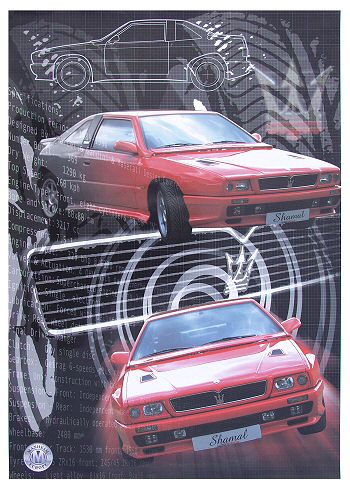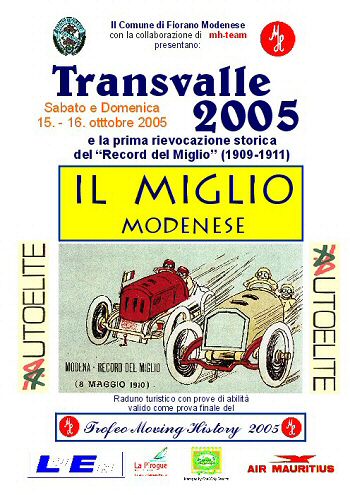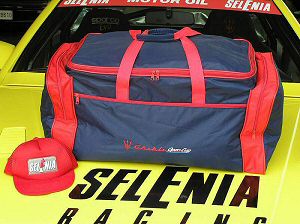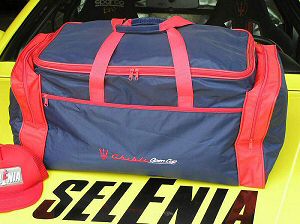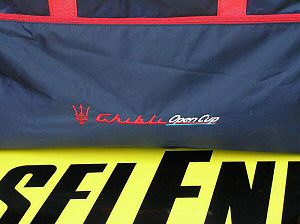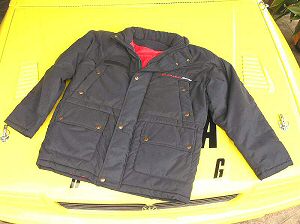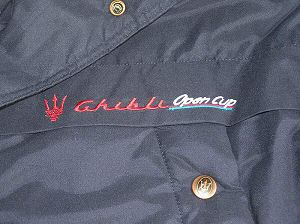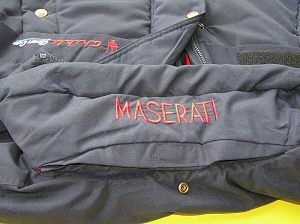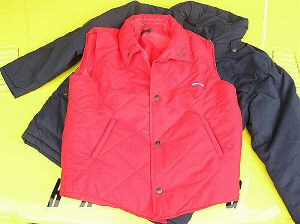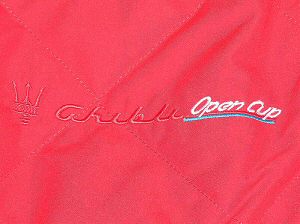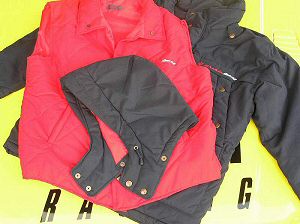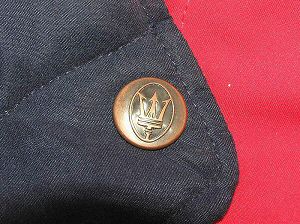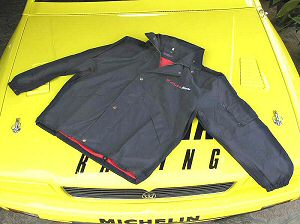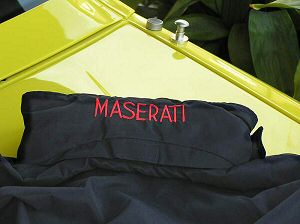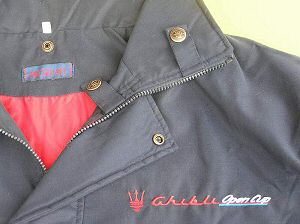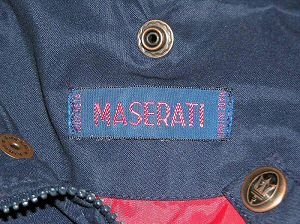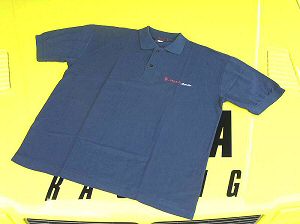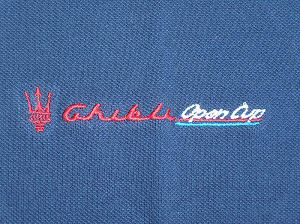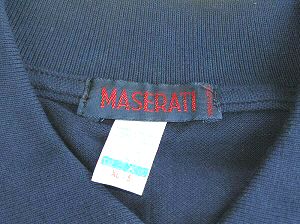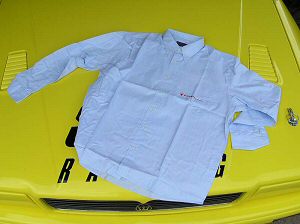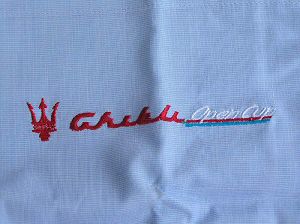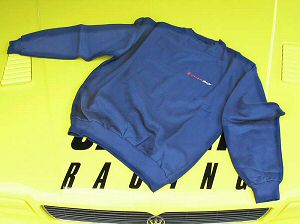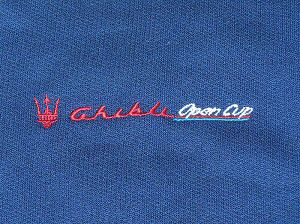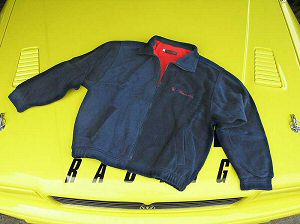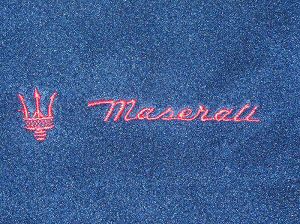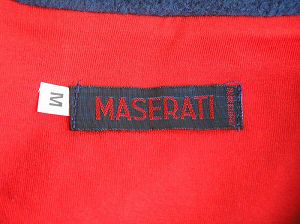A new V8 engine for Maserati?
The GM Northstar twin-overhead camshaft - 32-valve - 4.6-litre V8 engine
With rumours now circulating in the motoring press concerning a new Mini Quattroporte powered by a GM V8 engine, I thought it was worth researching what there is to know about this GM V8 engine.
In the US, motor sport enthusiasts can purchase the General Motors Northstar V8 as a crate engine with the following specifications:
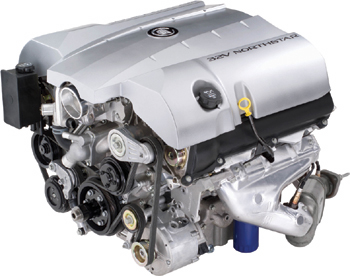
4.6-litre Northstar VVT Crate Engine Assembly
This V-8 Crate Engine "RPO LH2" features the following:
320 bhp @ 6400 rpm and 310 lb-ft @ 4400 rpm torque.
Sequential fuel injection.
Bore: 93.00 mm and Stroke: 84.00 mm.
Compression ratio: 10.5:1.
Aluminium Block and Cylinder Heads with Hydraulic roller design camshafts.
This production engine includes: exhaust manifolds, intake manifold, injectors, fuel rails, balancer, water pump and flywheel.
Does NOT include: pulley, belt, p/s pump, a/c pump, starter, alternator and engine cover.
This engine presently powers the Cadillac XLR and SRX.
Part # 12499468 Price: $4,325.00
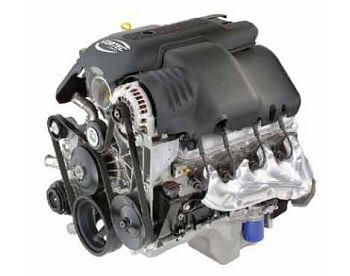
6.0-litre "Gen III" VVT Crate Engine Assembly
This V-8 Crate Engine "RPO LQ9" features the following:
345 bhp @ 5200 rpm and 380 lb-ft torque @ 4000 rpm.
Sequential fuel injection.
Bore: 101.600 mm and Stroke: 92.00 mm.
Compression ratio: 10.0:1.
Cast Iron Block, Aluminum Heads, and Hydraulic roller design camshaft.
This production engine includes: exhaust manifolds, intake manifold, injectors, fuel rails, balancer, water pump and flywheel.
The iron block LQ9 engine weighs approximately 65 pounds more than a typical LS1 and LS6.
This production engine powers the AWD Cadillac Escalade.
Part # 12499467 Price: $4,325.00
FOOD FOR THOUGHT: Compare these prices with what a used Maserati V6 24-valve engine will cost you never mind a new one, and check out those power and torque figures. Great engines at an affordable price???
Needless to say Maserati will be treating this engine with its own brand of medicine should they decide to adopt it!!! It'll all be very interesting and only time will tell!
The following is an article from Babcox.com, Integrated Communications Services for the Automotive Aftermarket.
Maintaining GM Northstar V8 Engine
By Larry Carley, Technical Editor
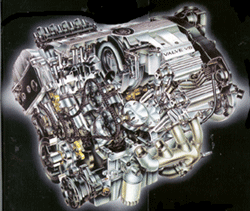 The Northstar V8 engine family is General Motor's top-of-the-line luxury power plant. Introduced in 1993 in the Cadillac Allante, Eldorado and Seville STS, the 4.6L 32-valve dual overhead cam all-aluminum V8 engine was a quantum leap forward for U.S. automakers. Initially rated at 295 horsepower, the Northstar V8 has been ranked as one of the "10 Best Engines in North America" by Ward's Auto World. It also beat out both Mercedes-Benz and BMW in horsepower per liter of displacement, fuel economy and required maintenance. The Northstar V8 engine family is General Motor's top-of-the-line luxury power plant. Introduced in 1993 in the Cadillac Allante, Eldorado and Seville STS, the 4.6L 32-valve dual overhead cam all-aluminum V8 engine was a quantum leap forward for U.S. automakers. Initially rated at 295 horsepower, the Northstar V8 has been ranked as one of the "10 Best Engines in North America" by Ward's Auto World. It also beat out both Mercedes-Benz and BMW in horsepower per liter of displacement, fuel economy and required maintenance.
Like most other engines, the Northstar V8 has evolved over the years. In 1994, the first Northstar V8 (L37) was joined by a second version (LD8) with a different cam profile that lowered peak horsepower slightly to 270 hp but increased torque output in the lower rpm range for improved throttle response and quick acceleration.
In 1994, a downsized and somewhat less powerful version of the original Northstar V8 was introduced in the Oldsmobile Aurora. The L47 4.0L V8 was essentially the same engine as the larger 4.6L V8 but with a smaller bore size (87mm vs. 93mm). The L47 4.0L V8 was rated at 250 horsepower.
In 1995, the power rating of the L37 4.6L V8 (VIN 9) was bumped up slightly to 300 hp, and the LD8 4.6L V8 (VIN Y) was upped to 275 hp.
The two basic versions of the 4.6L V8 (275 and 300 hp) are still being used in model year 2003, and there are no plans to replace this engine in the immediate future. So it looks like the Northstar V8 will continue to enjoy a long production run.
GM recently unveiled its Northstar XV12 concept engine that is physically about the same size as the existing V8 but is capable of producing up to 750 horsepower! The engine uses cylinder deactivation technology to keep fuel economy manageable, but there are no productions plans yet for this exotic power plant.
Engine Features
The Northstar V8 has a die-cast aluminum block with a bottom end girdle that splits along the midline of the crankshaft bearings. This takes the place of the main bearing caps. In model year 2000, GM began using a new high pressure "squeeze" casting process for the lower crankcase to reduce porosity in the aluminum, which may allow oil to seep through and leak (this has been a problem on some engines).
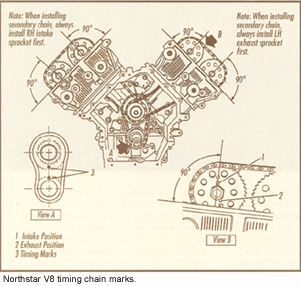 The cylinders have cast-in-place iron cylinder liners that are not replaceable. Compression up to model year 2000 was a relatively high 10.3:1. It was lowered to 10:1 in 2000. Each head has two camshafts (one intake, one exhaust) and four valves per cylinder (33mm intakes and 29mm exhausts). Direct-acting hydraulic lash adjusters are positioned over each valve. The overhead cams are all chain-driven, and use an intermediate chain sprocket under the front cover to connect to the crankshaft. Three separate hydraulic tensioners are used to keep the cam chains tight. The cylinders have cast-in-place iron cylinder liners that are not replaceable. Compression up to model year 2000 was a relatively high 10.3:1. It was lowered to 10:1 in 2000. Each head has two camshafts (one intake, one exhaust) and four valves per cylinder (33mm intakes and 29mm exhausts). Direct-acting hydraulic lash adjusters are positioned over each valve. The overhead cams are all chain-driven, and use an intermediate chain sprocket under the front cover to connect to the crankshaft. Three separate hydraulic tensioners are used to keep the cam chains tight.
The Northstar V8 is an interference engine, which means if a chain fails or is disconnected when the engine is cranked over, the valves will hit the pistons. That's something you don't want to happen with an expensive engine like this!
The intake manifold is Nylon 66 thermoplastic, which helps cool intake air by conducting less heat from the engine. Fuel delivery is by sequential fuel injection with separate injectors mounted under the engine's top cover. Under the top cover you'll also find the MAP sensor, intake air temperature sensor and fuel pressure regulator.
If the fuel pump relay fails on a Northstar V8, the engine should still run because the fuel pump also can be energized through the oil pressure sending unit.
A four-coil distributorless ignition with a waste spark set up provides spark to the plugs. Two crankshaft position sensors are used (A and B) plus a camshaft position sensor to provide timing inputs. Both crank sensors are mounted in the block and the cam sensor is located on the rear head in front of the exhaust cam. There's also a knock sensor on the rear head between cylinders 1 and 3 to retard timing if detonation becomes a problem under load.
The ignition system has two modes of operation: "module mode" and "ignition control mode." In ignition control mode, the PCM controls ignition timing using sensor inputs. If there's a problem in the PCM or with its sensor inputs, the module mode takes over and runs the engine with a fixed 10 degrees of advance. The engine continues to run (essentially a limp-in mode) but with reduced performance.
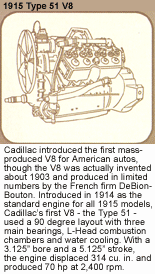 In model year 2000, the DIS ignition system was changed to a coil-on-plug design, which eliminates the spark plug wires and waste spark. Each head has its own ignition module that fits in the middle of the valve cover. In model year 2000, the DIS ignition system was changed to a coil-on-plug design, which eliminates the spark plug wires and waste spark. Each head has its own ignition module that fits in the middle of the valve cover.
Another feature of the Northstar engines is a "limp home" mode that allows the engine to continue running if all the coolant is lost. If the PCM senses an overheating condition, it temporarily disables up to half of the cylinders. This pumps enough air though the engine to keep temperatures from getting hot enough to cause any damage. Even so, GM says the vehicle should not be driven more than 50 miles in the limp-home mode.
Another unusual feature you may see is a liquid-cooled alternator on the DeVille and Seville. Cadillacs are crammed with electrical accessories that put quite a load on the charging system, so using liquid cooling helps prolong the life of the alternator. In 2001, GM went back to an air-cooled alternator to "eliminate the coolant tubes and potential leak points."
Maintenance
As for maintenance, there isn't much. One of GM's goals with the Northstar program was to reduce maintenance to a minimum. The engines are factory-equipped with 100,000-mile platinum-tipped spark plugs and five-year/150,000-mile Dex-Cool antifreeze, and use chain-driven cams to eliminate the need to replace timing belts. Except for oil and filter changes, there isn't much to maintain - unless something breaks.
The newer Northstar V8s use an "oil life monitor" light rather than a specific mileage interval or service schedule to indicate when oil changes are needed. The PCM tracks engine rpm, operating temperature, load, running time and ambient temperature to calculate oil life. Up until 1999, the maximum oil change interval under ideal conditions was 7,500 miles. In 2000, GM bumped the upper limit to 10,000 miles. In 2002, they did away with the upper limit altogether stretching the oil change interval to 12,000 miles or more, depending on operating conditions. However, GM does say the oil should be changed at least once a year regardless of mileage.
Note: When changing oil on a 4.6L Northstar V8, keep in mind that this engine holds 7.5 quarts instead of the more common 4 or 5 quarts.
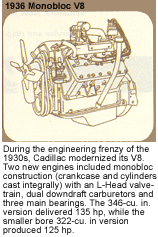 We think pushing the oil change interval too far is asking for trouble. Changing the oil every 3,000 miles may be a conservative approach to engine maintenance, but considering the fact that most engines operate under less than ideal conditions, 3,000 miles is a realistic figure - especially during cold weather and for short trip, stop-and-go city driving. Oil is a lot cheaper than an engine - especially a Cadillac Northstar V8 engine. We think pushing the oil change interval too far is asking for trouble. Changing the oil every 3,000 miles may be a conservative approach to engine maintenance, but considering the fact that most engines operate under less than ideal conditions, 3,000 miles is a realistic figure - especially during cold weather and for short trip, stop-and-go city driving. Oil is a lot cheaper than an engine - especially a Cadillac Northstar V8 engine.
In researching this engine, we discovered that few rebuilders are overhauling Northstar V8s - not because these engines are lasting forever (they're not) but because the Northstar V8s are such expensive and complex engines. Cadillac has no reman program for Northstar V8s (if one fails, replace it with a new one). None of the major production engine rebuilders are doing Northstar V8s, and some rebuilders told us certain critical internal parts are unavailable (such as oversize crankshaft bearings). Add to this the fact that the cylinder liners can't be replaced or overbored and it doesn't leave much to rebuild.
Even the heads are throw-aways, according to Cadillac. If the valve guides are worn, Cadillac says the cylinder heads need to be replaced. The heads have hard powder metal valve guides, but we don't see any reason why the guides can't be replaced with new ones or repaired with bronze or cast iron guide liners.
Problems & Recalls
As well-engineered as Northstar V8s are, like other engines they've had some problems. According to various sources, head gasket failures are not uncommon. Nor is oil burning or oil leaks.
Cadillac service bulletin 01-06-01-011 deals with oil burning on 1996-'99 Northstar V8s. The cure, says Cadillac, is to do a ring cleaning procedure (seems those long oil change intervals weren't such a good idea after all). Cadillac recommends using GM cleaning kit (P/N 12378545) and Kent-Moore J-45076 induction/evacuation tool to do the job. The cleaner is added into the cylinders through the spark plug holes and allowed to soak the rings for two hours. The cleaner and dissolved crud is then vacuumed out of the cylinders through the spark plug holes, followed by an oil change. Cleaning the throttle body and EGR valve is also recommended.
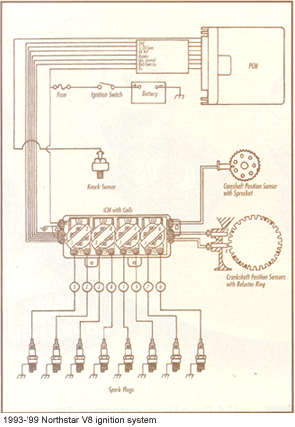 On 2000-'01 Northstar V8s, a buildup of carbon deposits in the combustion chamber can cause a cold knock condition. Bulletin 99-06-01-101A says to use top cleaner to remove the combustion chamber deposits. On 2000-'01 Northstar V8s, a buildup of carbon deposits in the combustion chamber can cause a cold knock condition. Bulletin 99-06-01-101A says to use top cleaner to remove the combustion chamber deposits.
If an engine has failed and is being rebuilt or replaced, the Engine Rebuilders Association (AERA) says the plastic intake manifold also should be replaced. The reason? Because of the complex shape of the manifold, it's impossible to tell if any engine debris has been blown back inside it. If the debris works loose and is ingested into the new engine, it will cause a repeat failure. That you don't want.
No oil pressure on a 1993-'94 engine? Debris between the oil pressure relief valve and its seat will prevent oil pressure buildup. The cure here is to clean or replace the pump (P/N 3543258), which is located on the front of the engine.
Oil leaks around the rear main crank seal have been a problem on some 1996-'99 engines, so GM has developed a new rear main oil seal (P/N 12556107) that should cure this problem. It's a press fit seal that takes a special tool (J-42482) to remove and install.
In 1995, GM revised the original crankshaft balancer to provide smoother operation and longer durability. If the balancer is removed from the crankshaft for any reason, GM recommends installing the newer, improved balancer (P/N 12552437 or 12552436, depending on the engine).
If you have to pull a cylinder head on a 1993-'99 4.0L or 4.6L Northstar V8 to replace a gasket or do a valve job, do not reuse the old 11mm head bolts. Also, GM has revised the head bolt torque values and tightening procedure as follows:
In sequence, torque all bolts to 30 ft.-lbs.
In sequence, rotate all bolts an additional 70°.
In sequence, rotate all bolts an additional 60°.
In sequence, rotate all bolts another 60°.
Torque the front three M6 head bolts to 106 in.-lbs.
Because the Northstar V8s are aluminum, thread damage is not unusual. GM's recommended thread repair kit is J42385-500 for main and head bolts, and J42385-2000 for other fasteners.
Accessing Diagnostic Codes
For driveability and emissions problems, you can access trouble codes and sensor data the usual way with a scan tool, or you can read the information through the Climate Control Center. To enter the built-in diagnostic service mode, press the OFF and WARMER buttons simultaneously and hold until all the segments on the display panel light up. If there are any engine or other trouble codes in memory, they will be displayed.
On the 1993-'95 models (pre-OBD II), trouble codes have a letter prefix, three-digits followed by a "C" for current or "H" for history code. On the 1996 and newer cars with OBD II, the prefixes are somewhat different and the codes are four-digit numbers.
On the earlier cars, engine codes have an "E" prefix. On the later OBD II cars, "P" is the prefix for powertrain.
Other codes on the earlier cars include "I" for instrument panel, "A" for the A/C system, "R" for the air bag system, "T" for ABS/traction control, and "S" for the electronic suspension. On the newer OBD II cars, the prefixes are different. You'll see "IP" for the IPC instrument panel, "AC" for air conditioning module, "TC" for traction control, "RS" for the road suspension system, "SD" for the air bags, "PZ" for the body control module, plus other codes for other accessories such as "CC" for the cell phone or "RF" for the integrated radio.
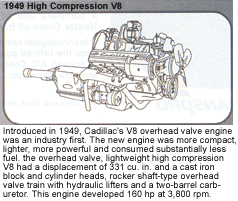 If there are no engine/powertrain codes in memory, the display will read "No E Code" or "No P Code" depending on the model year. If there are no engine/powertrain codes in memory, the display will read "No E Code" or "No P Code" depending on the model year.
To check for other system codes, press the WARMER button to scroll ahead (or OFF to scroll backward). If the PCM can't communicate with a particular system, the display will read "No X Data" where X represents the letter(s) of the system.
To clear an engine code, choose PCM mode after any codes have been displayed, then scroll to CLEAR CODE, press the HI button to select, then press the HI button again to erase the code(s).
To exit the service diagnostic mode, press the AUTO or DEFOG button, or simply turn the ignition off. This does not erase any codes.
There's More, Lots More...
The built-in diagnostics provides access to each of the onboard electronic systems, which you can scroll through using the LO button. To select a system, press the HI button.
If you choose the PCM mode (powertrain control module/ engine), you can again use the LO button to scroll through more display options: DATA, INPUTS, OUTPUTS, OVERRIDES, CLEAR CODES and SNAPSHOT. As before, press HI to select your choice.
Under each of these categories are quite a list of things you can look at. Under PCM data, you can look at all the various sensor inputs, short-term and long-term fuel trim, injector pulse width, engine rpm, battery voltage and PROM identification. Under PCM INPUTS, you can check switch status (throttle position switch, brake pedal switch, transmission gear switches, etc.). Use the PCM OUTPUTS mode to check the EVAP and EGR systems, torque converter clutch solenoid, A/C compressor relay and transaxle solenoids.
The OVERRIDE mode under the PCM section allows you to override the various inputs to the PCM using the WARMER button to increase the value or the COOLER button to lower the value. Overrides include the TCC solenoid (mode PS01), EGR solenoid (PS02), idle speed control motor (PS03), disable individual fuel injectors (PS04), disable fuel pump relay (PS06), cruise control servo (PS07), cooling fan relay (PS08), spark timing advance (PS09), injector flow (PS10) and transaxle shift solenoids (PS10).
All artwork courtesy of General Motors Corp.
My sincere thanks to Michael Freeze, Managing Editor of
Counterman Magazine and AftermarketNews, for his permission to reproduce this article for your enjoyment!
|


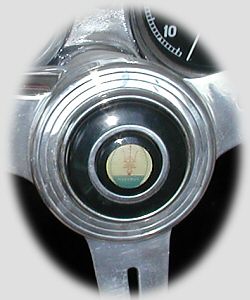
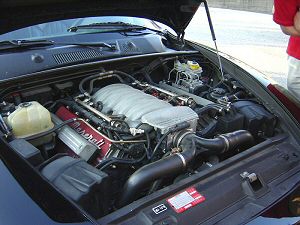
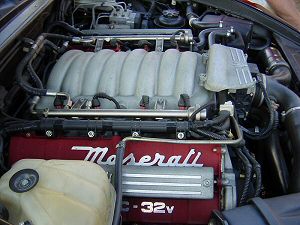
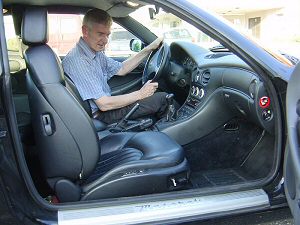
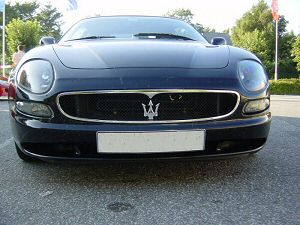
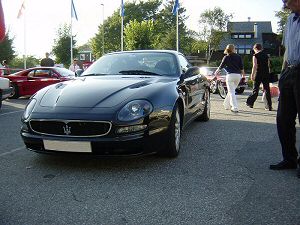
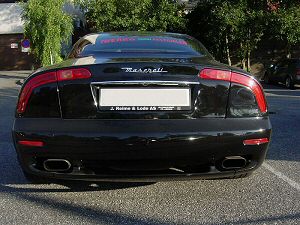
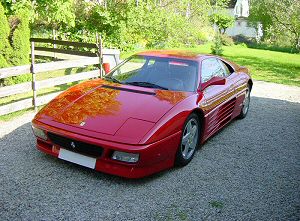
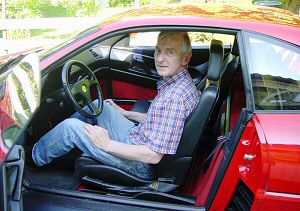

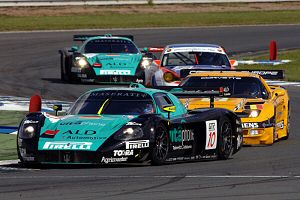
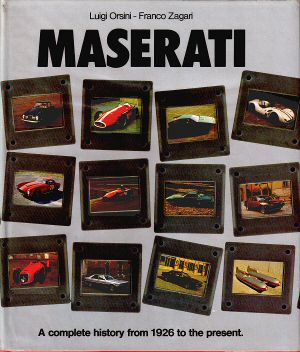
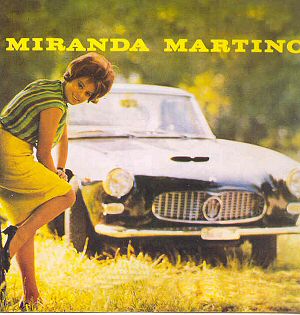
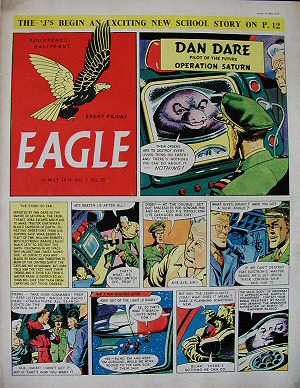
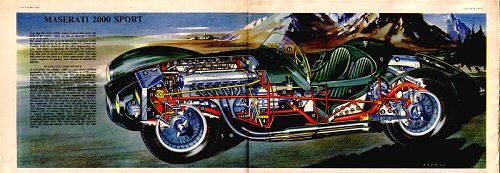
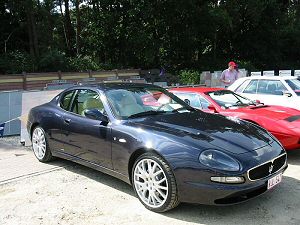
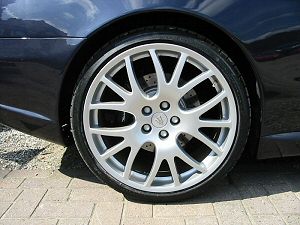
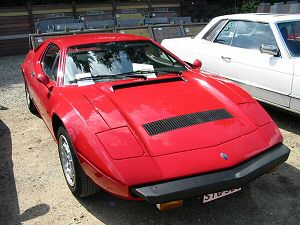
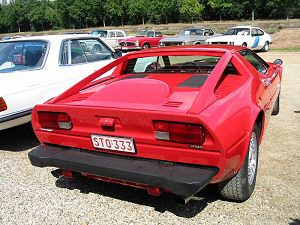







 The Northstar V8 engine family is General Motor's top-of-the-line luxury power plant. Introduced in 1993 in the Cadillac Allante, Eldorado and Seville STS, the 4.6L 32-valve dual overhead cam all-aluminum V8 engine was a quantum leap forward for U.S. automakers. Initially rated at 295 horsepower, the Northstar V8 has been ranked as one of the "10 Best Engines in North America" by Ward's Auto World. It also beat out both Mercedes-Benz and BMW in horsepower per liter of displacement, fuel economy and required maintenance.
The Northstar V8 engine family is General Motor's top-of-the-line luxury power plant. Introduced in 1993 in the Cadillac Allante, Eldorado and Seville STS, the 4.6L 32-valve dual overhead cam all-aluminum V8 engine was a quantum leap forward for U.S. automakers. Initially rated at 295 horsepower, the Northstar V8 has been ranked as one of the "10 Best Engines in North America" by Ward's Auto World. It also beat out both Mercedes-Benz and BMW in horsepower per liter of displacement, fuel economy and required maintenance. The cylinders have cast-in-place iron cylinder liners that are not replaceable. Compression up to model year 2000 was a relatively high 10.3:1. It was lowered to 10:1 in 2000. Each head has two camshafts (one intake, one exhaust) and four valves per cylinder (33mm intakes and 29mm exhausts). Direct-acting hydraulic lash adjusters are positioned over each valve. The overhead cams are all chain-driven, and use an intermediate chain sprocket under the front cover to connect to the crankshaft. Three separate hydraulic tensioners are used to keep the cam chains tight.
The cylinders have cast-in-place iron cylinder liners that are not replaceable. Compression up to model year 2000 was a relatively high 10.3:1. It was lowered to 10:1 in 2000. Each head has two camshafts (one intake, one exhaust) and four valves per cylinder (33mm intakes and 29mm exhausts). Direct-acting hydraulic lash adjusters are positioned over each valve. The overhead cams are all chain-driven, and use an intermediate chain sprocket under the front cover to connect to the crankshaft. Three separate hydraulic tensioners are used to keep the cam chains tight. In model year 2000, the DIS ignition system was changed to a coil-on-plug design, which eliminates the spark plug wires and waste spark. Each head has its own ignition module that fits in the middle of the valve cover.
In model year 2000, the DIS ignition system was changed to a coil-on-plug design, which eliminates the spark plug wires and waste spark. Each head has its own ignition module that fits in the middle of the valve cover. We think pushing the oil change interval too far is asking for trouble. Changing the oil every 3,000 miles may be a conservative approach to engine maintenance, but considering the fact that most engines operate under less than ideal conditions, 3,000 miles is a realistic figure - especially during cold weather and for short trip, stop-and-go city driving. Oil is a lot cheaper than an engine - especially a Cadillac Northstar V8 engine.
We think pushing the oil change interval too far is asking for trouble. Changing the oil every 3,000 miles may be a conservative approach to engine maintenance, but considering the fact that most engines operate under less than ideal conditions, 3,000 miles is a realistic figure - especially during cold weather and for short trip, stop-and-go city driving. Oil is a lot cheaper than an engine - especially a Cadillac Northstar V8 engine. On 2000-'01 Northstar V8s, a buildup of carbon deposits in the combustion chamber can cause a cold knock condition. Bulletin 99-06-01-101A says to use top cleaner to remove the combustion chamber deposits.
On 2000-'01 Northstar V8s, a buildup of carbon deposits in the combustion chamber can cause a cold knock condition. Bulletin 99-06-01-101A says to use top cleaner to remove the combustion chamber deposits. If there are no engine/powertrain codes in memory, the display will read "No E Code" or "No P Code" depending on the model year.
If there are no engine/powertrain codes in memory, the display will read "No E Code" or "No P Code" depending on the model year.